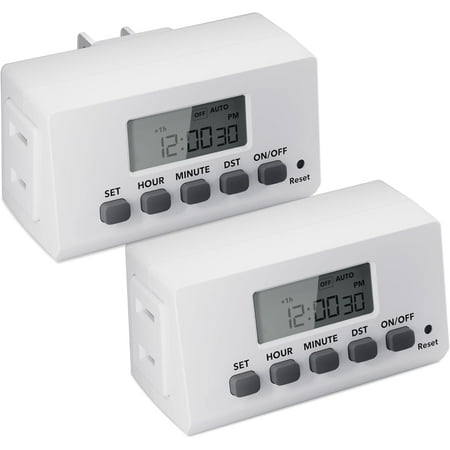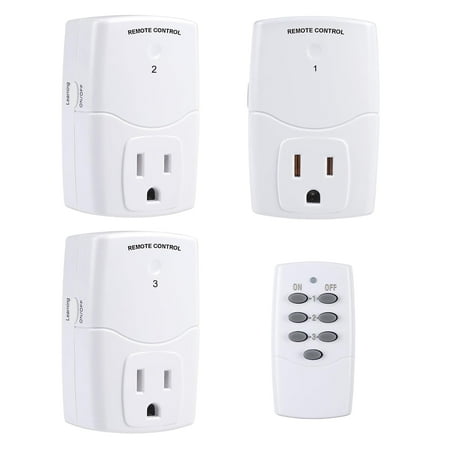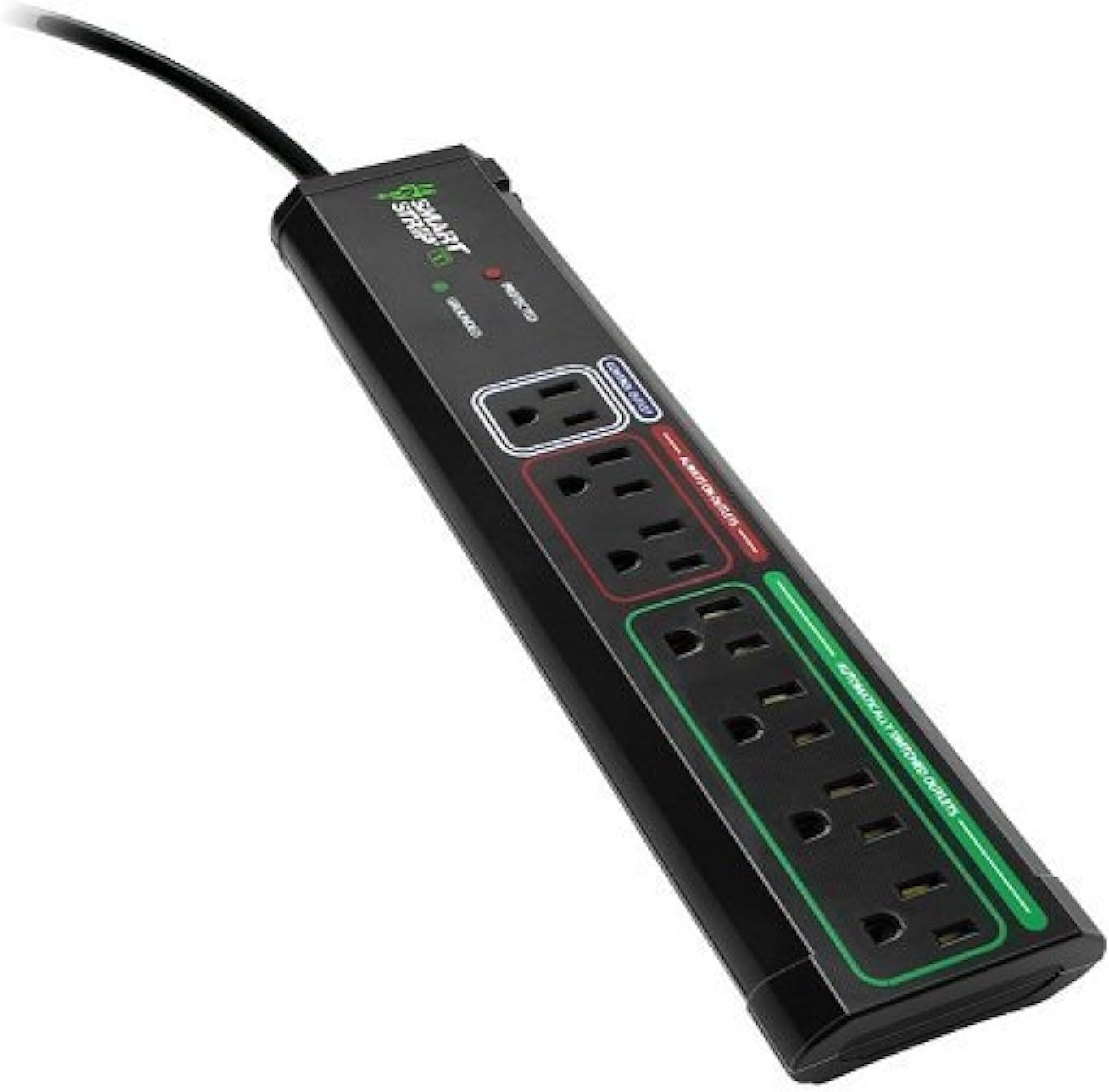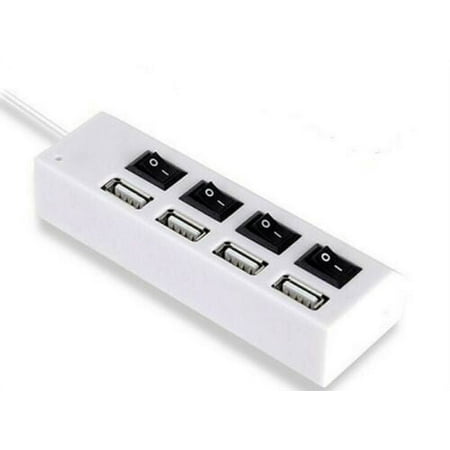Experts Urge Homeowners To Unplug Chargers Daily – This Simple Habit Could Save You Hundreds on Winter Bills
It might be irritating, but it is more than worth the effort


Leaving chargers plugged in all of the time is practical, making it so easy and quick to plug in and pump up power levels on key devices without fiddling with awkward outlets. However, leaving these plugged in 24/7 is also more expensive.
It turns out that chargers for phones, laptops, and electric toothbrushes are secret ‘energy vampires’, constantly draining the socket and raising your bill in the process. This all adds up to extra secret spending over time, especially in winter, which, with rising energy costs across the US, is the most expensive time of the year for many.
That's why experts are urging a tiny shift in charger habits to instantly cut energy bills, prompting better ways to control your energy use without compromising on practicality.
Why You Should Unplug Chargers Every Day
It is all well and good to choose energy-efficient appliances or make heating more efficient, but if you do not break bad home habits, your energy bills will still quietly creep up.
Chargers are amongst the most innocuous of the ‘vampire appliances’, secretly costing you money, but when you consider that many are left plugged in every single day, in multiple rooms across the home, and there are often several chargers in play for different devices or household members, the background cost of keeping them plugged in can add up quickly.
‘Phone chargers and device charges use on average about 0.25 watts when plugged in and not charging, so if you have 10 devices plugged in, that equates to 2.5 watts,’ explains David Borchardt, senior mechanical engineer at MD Energy Advisors.
When paired with other ‘phantom loads’ such as TVs, consoles, small appliances, and computers all on standby, David explains that it can equate to ‘nearly between $95 and $150 annually, depending upon how many items you might have plugged in.’
Design expertise in your inbox – from inspiring decorating ideas and beautiful celebrity homes to practical gardening advice and shopping round-ups.
The Smart Solution

It is an easy way to save money.
Unplugging chargers and standby devices is far from practical in the modern world, where almost everything requires power at some point in the day. The solution? Organizing cables and using power strips to control energy usage, suggests Lizzy Kolar, co-founder and CEO at Scope Zero. Having several items plugged into one power strip means you only have to remember to unplug one item, making it a more sustainable habit.
‘An alternative approach to reduce vampire loads is to plug your devices into a smart power strip,' Lizzy adds. ‘There are several types of smart power strips: Timers, remote switches, master-controlled, and masterless. Each type offers different advantages depending on how you use your devices and what types of vampire loads you’re trying to reduce.’
- Timers: A timer power strip or timer outlet, available from Walmart, automatically turns power off on a pre-set schedule, and is ideal for turning chargers off in the regular hours you are out of your home, such as when you are at work.
- Remote switches: Smart plugs, such as the Govee Smart Plugs from Amazon (which energy monitoring app for extra savings insight) can be controlled remotely, usually using an app, allowing you to control your chargers even when you have left the house, although there are some models, such as the BN-LINK Mini Wireless Outlet Switches from Walmart, that come with a physical remote. These are ideal if your outlets are in awkward-to-reach locations.
- Master-controlled: Master-controlled power strips are better for larger vampire appliances, such as computers, media devices, and laptop chargers. When a primary device is turned off (such as a computer or laptop), power is also cut to the rest of the strip, saving money on auxiliary devices such as printers, consoles, etc.)
- Masterless: Masterless power strips, available from Amazon, are some of the more expensive options, but they eliminate phantom loads. When all of the controlled devices are turned off, the power strip also cuts power to help save you money in the long term. David shares, ‘Many local utilities provide smart strips at a discount or for free if requested. Check your utilities website for information on discounts, but it is worth noting that even at full cost, the payback would be about six months if you use it for as many phantom loads as possible.’
It is important to note, however, that smart power strips often use some amount of power to operate, Lizzy adds, ‘so the best way to reduce costs of vampire loads is to always fully unplug items from the walls.’
What to Shop

Timer outlets can ensure that chargers are always turned off when you are not at home. Plus, they can be used to control lighting when you are on vacation to secure your home.

These smart plugs come with an energy monitoring app so you can see exactly how much energy your items are using, helping you make more targeted choices to save money on bills.

Don't want to mess around with an app? These remote control outlets are a great option for outlets that are too awkward to reach to unplug chargers every time.

This seven-outlet strip is fitted with auto-switching technology to help you save money. Plus, it doubles as a surge protector, helping keep your devices safe from sudden power cuts.

This smaller USB hub is ideal for setting up a small phone charging dock, with individual switches for each cable to save energy when not in use.

Cables are one of the leading causes of visual clutter in a home, so consider investing in some neat cable clips to trail wires neatly, preventing them from getting in the way and protecting them from damage when not in use.
Meet the Experts

David is an experienced technical and management professional who brings over 30 years of real estate development, building design, construction, and operations experience to MD Energy Advisors. In his role, he works as the lead to redesign existing HVAC systems for energy efficiency in systems ranging from unitary systems for senior living/continuum care facilities to large central plants for commercial office buildings, industrial, and large-scale hospitality projects.

Lizzy Kolar is Co-Founder and CEO of Scope Zero. Lizzy holds a master’s degree in sustainable design engineering from Stanford University and a bachelor’s degree in mechanical engineering from West Virginia University. Lizzy developed her expertise in residential energy consumption as an engineer at Ameresco, where she designed cost-effective energy- and water-efficiency upgrades for military base housing across the United States.
Limiting energy use is not the only way to save money at home. There are some great sustainable household swaps you can make that can save money over time while protecting the planet, and the ETC method can help prevent clutter while cutting spending.

Chiana has been at Homes & Gardens for two years and is our resident 'queen' of non-toxic living. She spends most of her time producing content for the Solved section of the website, helping readers get the most out of their homes through clever decluttering, cleaning, and tidying tips. She was named one of Fixr's top home improvement journalists in 2024.
You must confirm your public display name before commenting
Please logout and then login again, you will then be prompted to enter your display name.